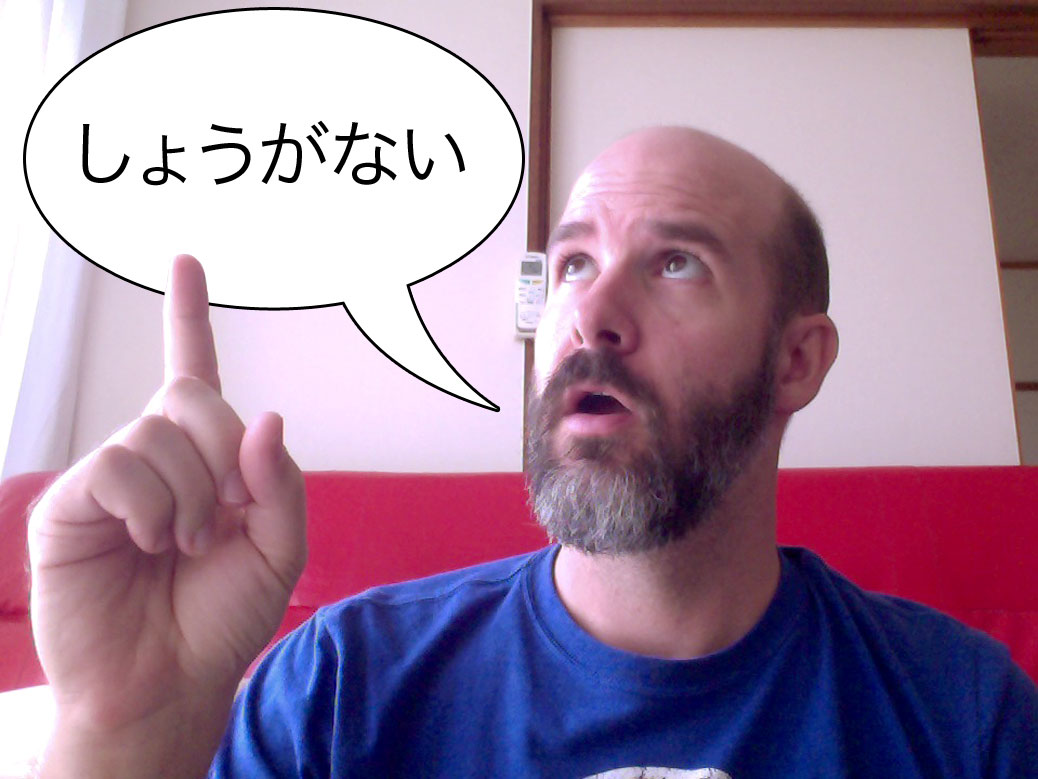I recently started reading a book called The Japanese Have a Word for It. Among other things, it discusses the loaded words of the Japanese language. While there are plenty of one-to-one relationships between Japanese and English (i.e. inu = dog), there are plenty of words that don’t translate cleanly. These words represent complete ideas or cultural nuances that go beyond a simple translation.
For example, the word shoganai is an important descriptor for Japanese culture. In American English, it might translate to “there’s nothing we can do about it, so why worry about it?” but it’s a phrase that defines Japan and its people. The trait helped the country bounce back after World War II and, more recently, the 2011 earthquake and tsunami. It’s also perceived as a weakness by many foreigners as an excuse for people who let life steamroll them, although I know I use the phrase “it is what it is” pretty regularly when things are beyond my control.
The book leads off with a brief history of the Japanese language as a “secret code.” The book claims the complexities were intentional as a way to keep foreign influence at arm’s length. As a result, there’s a cultural belief that the language is so difficult to learn that foreigners would never be able to pick it up. It probably contributes to many of the stereotypes foreigners face here, even those who speak fluent Japanese (the following video is short and hilarious).
So, to veer completely off that topic, the book’s introduction made me think about how difficult it must have been to be a foreigner in Japan before translation dictionaries or the internet. I spend a couple hours most days following internet rabbit holes to figure out how to say things, identify odd-looking groceries or translate the important-looking document that arrived in the mail.
We’re also able to stay plugged in to interests and events from home in a way that we couldn’t have imagined 50 or 100 years ago. When our brains reach Japanese overload (which happens frequently), we can flip on the Apple TV and watch our favorite shows on Netflix or stream the latest episode of The Daily Show on our laptops. I was able to watch the Portland Trail Blazers 2014 playoff run as it happened and caught a bunch of Chicago Cubs games this year.
I even have the audacity to be upset when the 1080p video internet streaming of a real-time sporting event from the other side of the globe has the nerve to pause for 5 seconds to buffer. Oh well… shoganai!
Some of that complexity still gets me on a daily basis though. The difference between kirei and kirai is a subtle “key-ray” vs “key-rye,” but the former means “beautiful” while the latter means “to hate.” Kawaii and kowai are really close (“ka-why-e” vs “ko-why”, but the first means “cute” while the other means “scary.”
Anyway… excuse the rambling nature of this post. It all made sense in my head!

